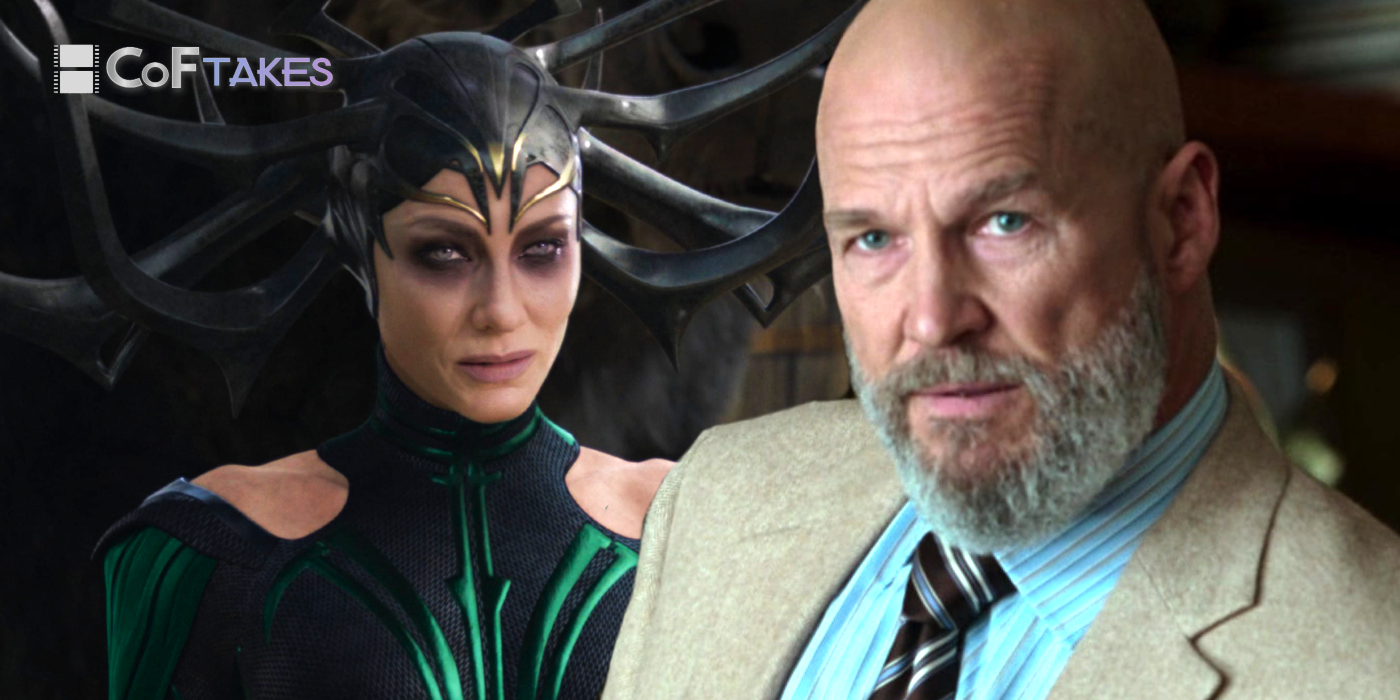It’s possible that no film better personifies Unpopularity Content that Teenage Mutant Ninja Turtles. It’s a critically panned, reviled-by-fans blockbuster directed by Michael Bay, created with such blatant disregard for its source material that it never stood a chance – but all in all, it could be worse. Don’t get me wrong, it’s not without its flaws (trust me, I’ll get into those), but generally speaking, it’s not as bad as many would have you believe.
As a child of the ’90s, I hold TMNT in incredibly high regard, and the animated series was a staple of my childhood. But when you put the nostalgia-tinted glasses away, this film actually does a few interesting things with the source material.
Firstly, let’s talk character design. Splinter looks excellent – exactly what you’d expect an intelligent, talking, ninjutsu-trained rat to look like – and the Turtles themselves actually look okay. They’re a little generic, with a lot of their colours dulled (both literally and figuratively), but overall, the decision to make them muscular, hulking beasts isn’t entirely unbelievable given their mutant origins. They are at least given distinct personalities – all of them, that is, except for Leonardo, who, despite his status as leader, does and says very little compared to his brothers.
The only place where the film’s design was unforgivable, though, was where it came to Shredder. He too, was made into an over-sized caricature of an evil samurai, then, to top it off, he was given an even bigger (and more ridiculous) mech-suit with comically large hydraulic arms. Still, the fight scenes between Shredder and the Turtles were actually relatively impressive (they’re almost entirely done with CGI, but given the nature of the characters, its understandable) – it’s all very slick and fast, but done with Michael Bay’s signature “let’s-destroy-stuff” touch, and while its a little cheesy, it comes off as entertaining, at least.
Generally speaking, the film’s plot is relatively sound (although it does go somewhat off the rails towards the end). Again, it’s cheesy and incredibly unlikely, but that does actually sort of play into the Turtles’ original vibe. Unfortunately, that’s about the only part of capturing the heroes’ essence that the film got right.
The Teenage Mutant Ninja Turtles were originally written as a parody of the popular superheroes of the ’80s, and that light-heartedness has always been at the core of each new iteration of the characters. This film, however, seeks to make them out to be just another group of heroes, with gritty aspects, edginess and various tones that are all far greyer than necessary. There are moments where humour shines through, but ultimately, it’s not enough to establish the film as a genuine part of the Turtles’ canon, instead giving the entire experience the unpleasant taste of a generic Hollywood blockbuster.
The ending is probably the worst part of all, where the Turtles are able to thwart Shredder’s plans by simply catching a giant falling transmitter that, through a scientifically question series of plot devices, will supposedly wipe out all life in New York in a matter of minutes if it hits the ground.
It’s all so incredibly self-serving that, as a TMNT fan, it’s genuinely hard to get behind. However, when watching objectively, it’s simply another predictable but visually impressive superhero movie. It’s generic, sure, but it isn’t executed badly, and that is pretty much exactly what we should have expected from Michael Bay, anyway.
Rating: 55%
Summary: Taking a beloved and utterly unique property and making it into something bland is a travesty, but as a superhero flick, this film ticks all the boxes. It’s just a shame that it had to bastardise my childhood to do so.
Highlight: The Turtles snowboarding down a mountain using their shells was at once ridiculous and impressive, and evoked the sillier approach this film could and probably should) have taken.






Leave a Reply